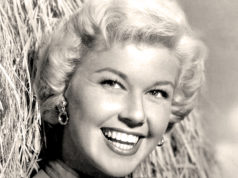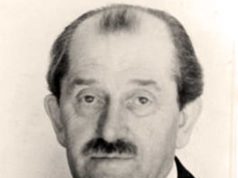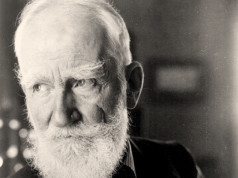Underwood and Underwood / Wikimedia Commons / CC-BY-SA-3.0 / GFDL
Amelia Earhart
(Pilot)
24 July 1897 – c. July 1937 (Aged 39)
Earhart was a famous American aviator who became the first female to fly solo across the Atlantic Ocean.
In addition to her aviation exploits, Earhart was also a best-selling author.
In 1937, Earhart set out to try and circumnavigate the globe with her second navigator, Fred Noonan. The last communication with their plane was early on July 3, heading for Howland Island in the Pacific Ocean.
It is not known what happened to Earhart and Noonan, with several theories speculated on over the years.
The most recent speculation surrounds the remains of a skeleton found, almost identical to Earhart’s, on the island of Nikumaroro, Kiribati, as well as remnants of fish, bird, and bonfire remains.
It is thought Earhart may have survived as a castaway for weeks, or even longer, on the island before eventually succumbing to the conditions. She was officially declared dead in 1939.
William Butler Yeats
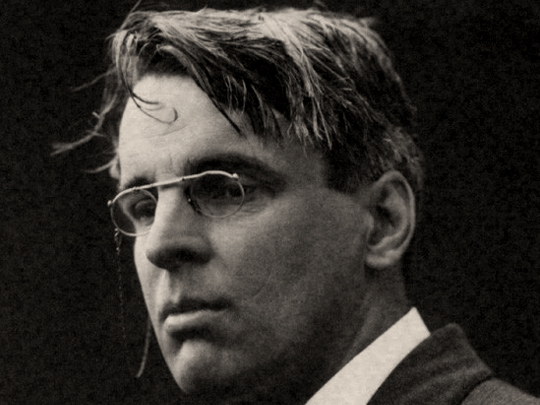
(Poet/Playwright)
3 June 1865 – 28 January 1939 (Aged 73)
William Butler Yeats was a famous Irish poet, celebrated as one of the greatest literary figures of the 20th century.
He was awarded the Nobel Prize for Literature in 1923.
In addition to his writing talents, Yeats helped to found the Abbey Theatre in Dublin, Ireland.
In 1922, Yeats was appointed to the Irish Senate, going on to serve a second term before retiring from the Senate because of ill health in 1928.
Yeats died in January 1939, at the Hôtel Idéal Séjour, in Menton, France at the age of 73, and was buried at Roquebrune-Cap-Martin.
In September 1948, Yeats’s body was moved to the churchyard of St Columba’s Church, Drumcliff, County Sligo, Ireland.
Howard Carter
(Archaeologist)
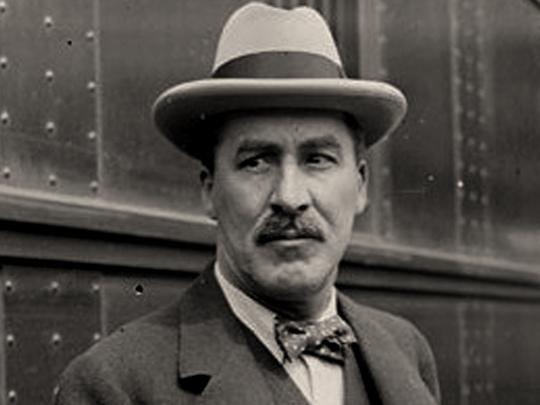
9 May 1874 – 2 March 1939 (Aged 64)
Howard Carter was a world-renowned archaeologist and Egyptologist.
Carter came to international prominence after excavating King Tutankhamun’s tomb in the Valley of the Kings, Egypt in 1922.
You can read about the discovery of Tutankhamun’s tomb here.
Despite being responsible for one of the greatest archaeological finds of all time, Carter received no honor from the British government but did receive the Order of the Nile, from Egypt’s King Fuad I in 1926.
Following his work in Egypt, Carter returned home to England.
He spent his later years as a collector with different museums, while also lecturing about Egyptology in the United States.
Carter died from Hodgkin’s Disease in his London flat at the age of 64.
James A. Naismith
(Coach/Inventor)
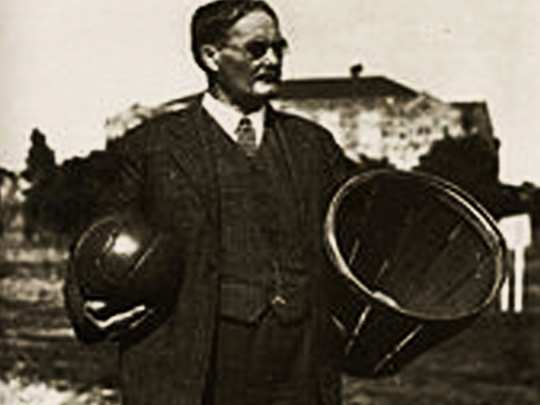
6 November 1861 – 28 November 1939 (Aged 78)
Naismith was a Canadian-American sports coach who invented the game of basketball in 1891, as well as writing the first basketball rulebook.
Interestingly, Naismith has also been credited with developing the first American Football helmet.
He developed the University of Kansas basketball program, going on to become their coach and athletic director for nearly 40 years.
Sigmund Freud
(Scholar/Psychiatrist)
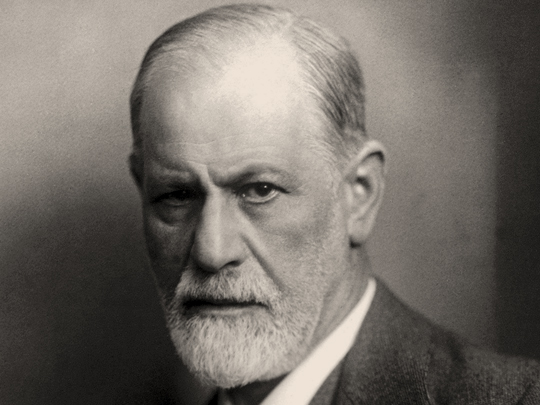
6 May 1856 – 23 September 1939 (Aged 83)
Freud is a renowned Austrian psychiatrist, who developed the technique of psychoanalysis.
Freud’s work in the science of psychology has influenced the field more than any other and is unsurpassed.
Freud redefined sexuality to include its infantile forms and led him to formulate the Oedipus complex as the central tenet of psychoanalytical theory.
Psychoanalysis remains influential across the humanities.
In 1886, Freud set up his clinical practice in Vienna, where he lived and worked until fleeing from the Nazis in 1938.
He died from cancer while exiled in London, England the following year.



